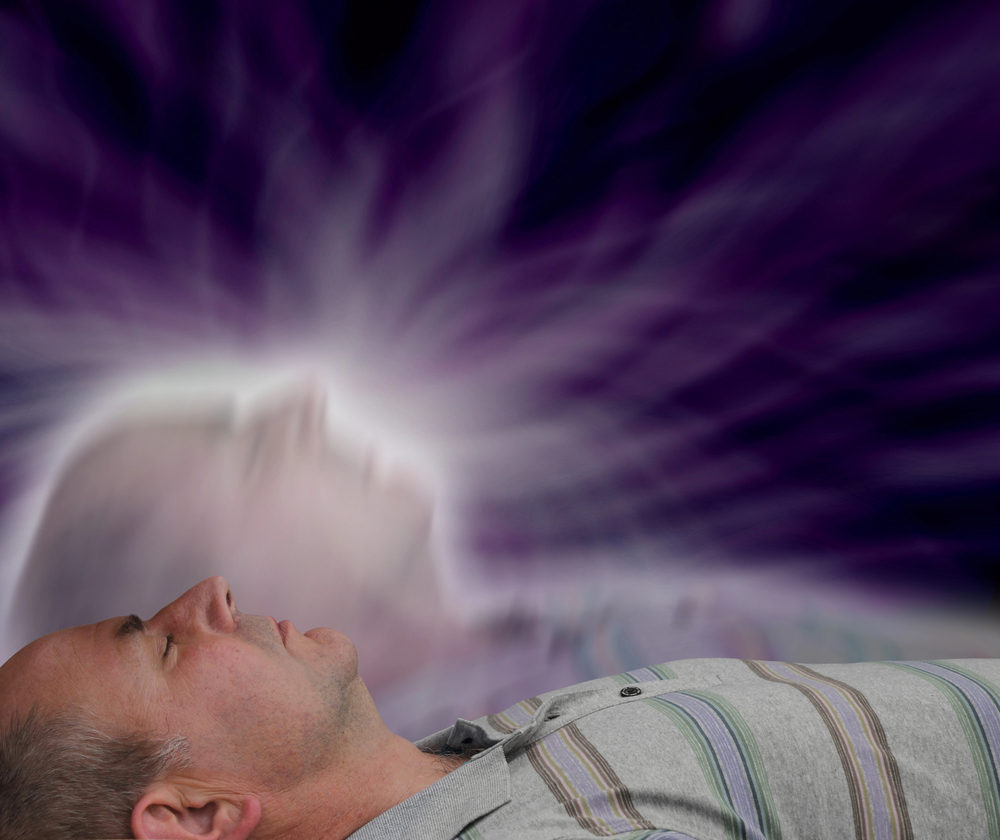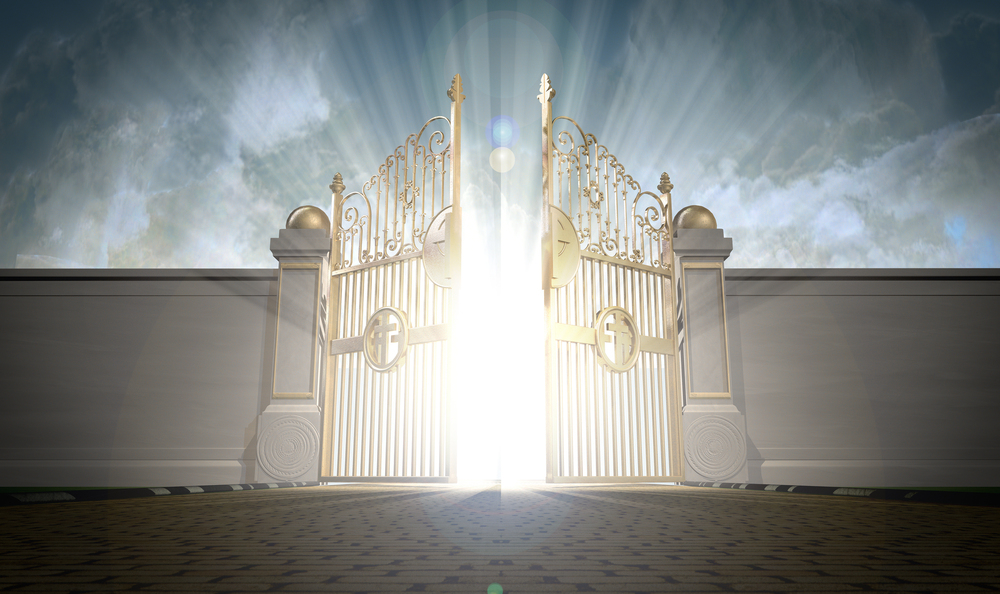
“Being ‘dead’ was easy. It was perfect. It was beautiful. It’s being alive that’s difficult and hard.” Canadian paramedic Adam Tapp’s phrase isn’t merely lyrical these are the distilled insights of a man who went into flatline for more than 11 minutes and returned with a tale that upends the way we consider life, death, and everything between.

Near-death experiences (NDEs) have intrigued scientists, spiritual adventurers, and ordinary folks for decades. They’re usually described as intense, life-changing travels that occur when the body is clinically dead or in a state close to death. While skeptics refer to brain chemistry, the believers consider them glimpses of the afterlife. Either way, it has an effect on those who have experienced them, undeniable.
Adam’s story supported by research and repeated in many other NDE accounts provides an uncommon glimpse of what may lie ahead and how such experiences have the power to fundamentally change our priorities. Here are the most compelling insights from his experience and the science behind it.

1. The Instant Snap from Reality
Adam was attempting a woodworking project using a homemade Lichtenberg machine when 12,000 volts flashed across his hand. He recalls the experience as an “intense, intense level of absolute pain, like every single cell in my body was being pulled into pieces.” Reality itself disappeared from Adam’s world in an instant.
This abrupt break is frequent in NDEs that result from accidents or heart attack. The Division of Perceptual Studies says that such experiences are often preceded by a sudden disruption from normal consciousness, at times with feelings of falling or disconnection from the body.

2. The ‘Perfect Inky Blackness’
Following the agony, Adam was in what he describes as “perfect inky blackness,” similar to space, observing spherically from one point of consciousness. There was no body, no self only complete satisfaction.
This resonates with what researchers call the “mystical sense of Oneness,” a condition characterized as limitlessness, infiniteness, and calm. Truly, 42 percent of NDE participants feel “united, one with the world” indicating that this emptiness is not voidness but a deep sense of oneness with all things.

3. Being the Fabric of the Universe
Adam remembers feeling as if he was being torn in two and set down in everything “essentially becoming the fabric of the universe.” He recounts it as a natural evolution, coming back to an infinite consciousness.
Neuroscientists observe that such feelings can be the result of changed integration of sensory information in the brain’s temporoparietal area, but the emotional stamp usually goes beyond explanation. For experiencers, the lesson is more about the feeling of being part of something immense.

4. The Jolt Back to Life
His ride came to a halt suddenly with the feeling of being shocked again subsequently realized as two shocks of defibrillation to resuscitate ventricular fibrillation, a heart rhythm with a 50 percent survival rate. In between shocks, he realized he was Adam once more, and that he was dying.
This period of re-entry tends to be confusing. Survivors report it as returning from a wide, boundless state to the “monkey suit” of the body and its attendant biological constraints and emotional static, as described by Adam.

5. Time Without Meaning
After coming out of an eight-hour coma, Adam was shocked to discover the minimal time that had elapsed. “If someone told me it was five years or a decade, I would have been totally spot on with that,” he mentioned.
NDE research verifies that time perceptions are distorted, with some experiencers reporting complete life reviews or travels that subjectively feel much longer than their real minutes of clinical death. This distortion tends to redefine how they prioritize time in their ordinary lives.

6. The Hyperawareness of Being Alive
Over the next few days, Adam noticed every aspect of his body its scent, the feel of his skin and the relentless undertow of hormones and feelings. He compared it to being demoted from a “crazy supercomputer to a Commodore 2000.”
This increased sensory sensitivity is an observed aftereffect of NDEs. Some say they enjoy small, mundane moments more intensely, corroborating research that survivors tend to become more empathetic, patient, and thankful.

7. Death as Transition, Not Ending
No doubt the most profound change for Adam is his perception of death. He regards death as “simply a transition” and life as merely one phase in an endless unfolding of consciousness. No robed ones or church symbols existed merely going back to the source.
Research demonstrates individuals who have had NDEs often overcome their fear of death and redirect their lives for love, purpose, and unity. As one survivor explained to researchers, “All there really is in the world is love that’s what makes up everything.”

Adam’s tale is both extremely intimate and broadly appealing. Regardless of whether one understands his adventure in terms of neuroscience, spirituality, or both, the basic message is unequivocal: life is short, consciousness is obscure, and moments however minute are to be treasured. For most NDE survivors, the true miracle is not what they witnessed during ‘being gone,’ but how they opt to live now that they’re home.


